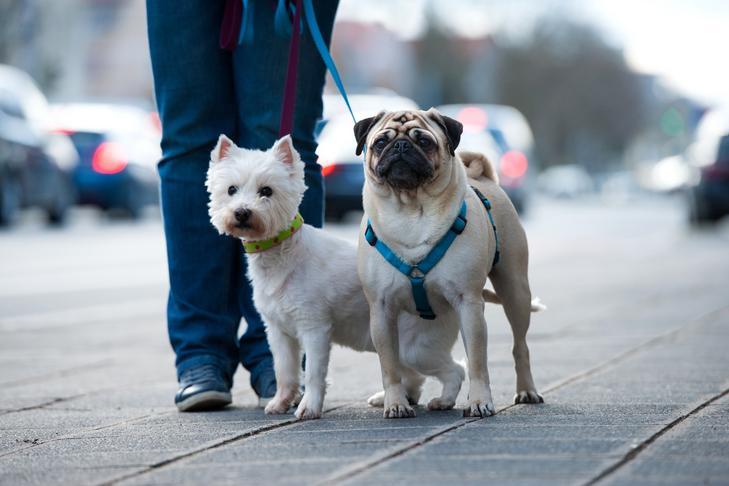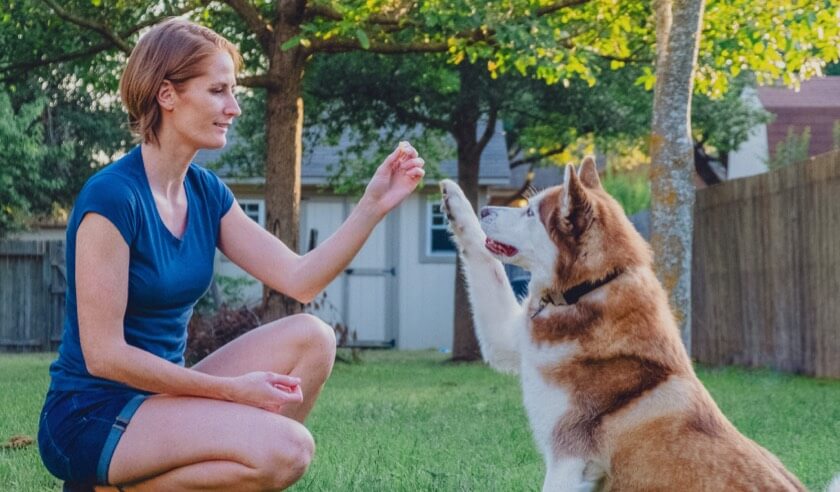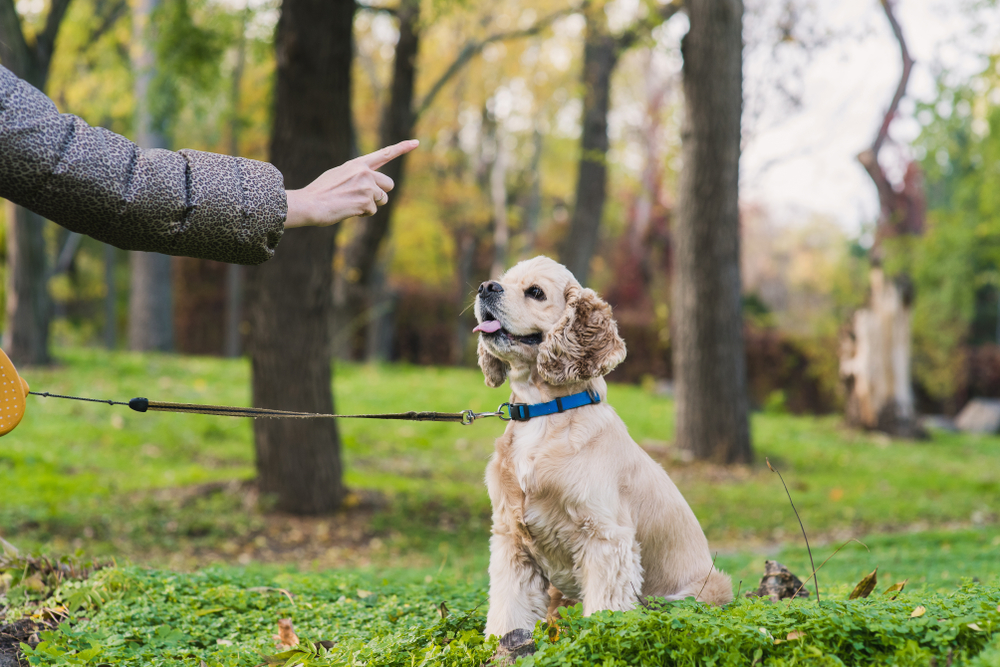Tips and Tricks to Train your pet: Training your pet can be the most rewarding experience for both you and your furry companion. Whether you’re teaching your dog to sit, your cat to use a scratching post, or even your parrot to talk, proper training requires patience, consistency, and understanding.
Tips and Tricks to Train Your Pet Start early, but it’s never too late
The best time to start training is when your pet is young. Puppies and kittens, for example, are more adaptable to new behaviors. However, if you have an older pet, don’t worry—training is possible at any age. Older pets may take longer to adapt, but with patience and the right approach, they can learn new skills.
Use positive reinforcement
Positive reinforcement is one of the most effective training methods. Rewarding your pet for good behavior with treats, praise, or playtime encourages them to repeat that behavior. This method not only makes training fun but also strengthens the bond between you and your pet. For example, when your dog successfully follows a command, immediately give them a treat and praise them enthusiastically.

Be consistent
Consistency is the key to pet training. Use the same commands, rewards, and procedures each time you train. Always use the same voice, tone, and gestures if you want your dog to sit. Changing commands or being inconsistent with rewards can confuse your pet and slow its progress.
Keep training sessions short and engaging
Pets, especially young ones, have short attention spans. Keep training sessions between 10 and 15 minutes to maintain their focus. Break training into small, manageable tasks to avoid overwhelming your pet. For example, instead of teaching multiple commands at once, focus on one command per session and repeat it until your pet has mastered it.
Use a calm and friendly tone
Pets are very sensitive to your voice. Use a calm, firm, and friendly tone when giving commands. Avoid yelling or showing frustration during training. Training your pet should be associated with positive experiences, and a calm demeanor will help them feel safe and motivated to learn.
Create a distraction-free environment
Pets can be easily distracted by noise, people, or other animals. Begin training in a calm and familiar environment where your pet can focus on you. Once they master a behavior in a calm environment, gradually introduce more distractions to test their ability to obey in different environments.
Be patient and avoid punishment

Patience is very important when training pets. Each animal learns at their own pace and it is important to avoid getting frustrated. Punishing your pet for not understanding a command can create fear and anxiety, which negatively affects their ability to learn. Instead, redirect them to the correct behavior and reward them when they get it right.
Include emotional stimulation
Training isn’t just about physical compliance—it’s also about mental stimulation. Pets must be mentally retarded to be employed. For dogs, puzzle toys, hide-and-seek, and agility exercises are great ways to sharpen their minds. For cats, interactive toys, laser pointers or even teaching them to fetch can provide emotional stimulation.
Socialization is key
For dogs and cats, socialization is an important part of training. Exposing your pet to different environments, people and other animals helps them become more confident and reduces behavioral problems such as fear or aggression. Introduce new experiences gradually and reward them for calm behavior in new situations.
Be committed to the long-term process
Training a pet is not a one-time event but a continuous process. Reinforce regular commands and stay committed to your pet’s learning journey. Pets can forget behaviors if they are not exercised regularly, so integrating training into your daily routine will help keep their skills sharp.

Know your pet’s breed-specific needs
Each species has unique characteristics and understanding these can improve your training success. For example, herding dogs like the Border Collie need a lot of mental and physical stimulation, while more independent breeds like the Husky may need extra patience. Tailor your training techniques to your pet’s temperament and breed-specific behaviors.
Seek professional help if needed
If you’re struggling with training, don’t hesitate to seek help from a professional trainer or behaviorist. They can provide personalized guidance and help address the specific challenges you face. Professional trainers often have experience with different methods and can offer insights you may not have considered.
Training your pet takes time, patience, and dedication, but the results are worth the effort. By using positive reinforcement, being consistent, and creating a fun, distraction-free learning environment, you’ll set your pet up for success. Remember that every pet learns differently, so adjust your approach as needed and enjoy the process of growing and bonding with your beloved companion. Happy training!
Read Also: Top 10 Health Benefits of Having a Pet
![]()






One thought on “Tips and Tricks to Train your pet successfully”